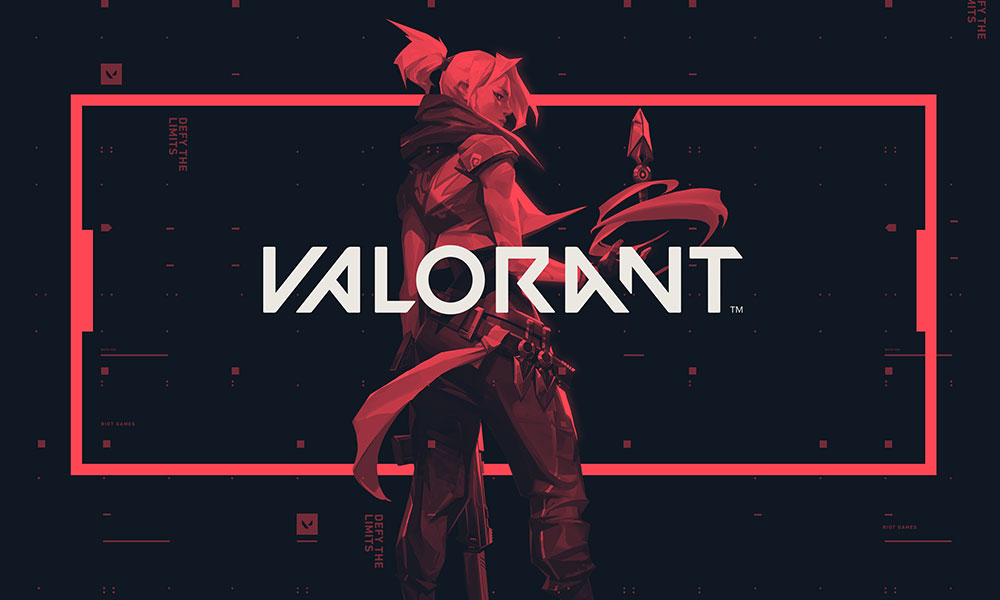Just like other video games, the newly released Valorant closed-beta game also comes with plenty of bugs or errors. Yes! That’s quite common for a huge and high-graphics video game especially if you’re a Windows user. Although Riot Games is trying to release the full stable game for the public in a full-fledged, there are some error codes that cause issues to the players. Here we’re talking about the Valorant Error Code 1 that pops up during startup. So, let’s check out how to fix it.
As we mention, plenty of players has started reporting that the Valorant closed beta game shows the particular error code while they’re trying to launch the game on their PC. Most importantly, this is a new error that isn’t mentioned by Riot Games yet officially. So, the more the players are engaging with the game, the more they’re experiencing the issue. But don’t worry. We have provided some of the possible workarounds that should work for you to fix the error code completely.
Also Read
How to Fix Valorant Crashing on PC
Fix: Valorant Invalid Access to Memory Location Error
Fix: Valorant Won’t Launch or Not Loading on PC
Valorant Ranking System Guide: How Does It Work?
Top 7 Best Valorant Stat Trackers
Fix: Valorant Val 59 Login Queue Fetch Token Failure Error
How to Fix If Valorant Texture Not Loading or Blurry
How to Fix Valorant VAN9005 Error
How to Fix If Valorant Not Updating on your PC
How to Fix Valorant Error Code VAN 152

Page Contents
How to Fix Valorant Error Code 1
Whenever players launch the game normally, the game opens and during the loading up screen an error message pops up that shows something like “The game has lost connection. Please relaunch the client to restore connectivity. Error Code: 1”. This is what every time the error comes out and it’s very irritating as well. So, if you’re also getting the same error, then you should check out the below methods properly.
1. Run as Administrator
One of the most common and useful tricks to fix any error of a game is to run the game exe file as administrator. It will basically give the User Access Control (UAC) permission to the game to load and run properly on Windows.
- So, you will need to right-click on the game exe file either from your desktop or from the file location and select Run as administrator.
- Either you can always do repeat the process or you can directly go to the installed game file location > Right-click on the Valorant exe file > Go to Properties > Head over to Compatibility tab > Select the checkbox ‘Run this program as an administrator’. Hit Apply and click on OK to save changes.
- Boom! You’re good to go.
2. Reinstall the Game and Riot Client
Though this isn’t a good method to fix any issue, some times uninstalling and reinstalling the game can solve most of the error or stability problems. So, make sure to fully uninstall the Valorant with game files or settings and then reinstall it on your PC. We hope this trick may work if the above method doesn’t come in handy for you.
Also, ensure to uninstall and reinstall the Riot Client in order to check every aspect that is related to the game error.
3. Update Windows OS
It’s always recommended to check for the latest Windows version on your PC and update it (if available).
- Go to Start menu > Settings > Update & Security.
- Under Windows Update, you can hit Check for updates option.
- If any cumulative update is available, make sure to download and install it.
- Reboot your computer and run the game to check for the issue.
4. Disable Unnecessary Processes
- Press Windows + R key to open up the Run dialog box.
- Type msconfig in the text field and hit Enter.
- Click on the Services tab > Check the box ‘Hide all Microsoft services’.
- Next, click on the ‘Disable All’ option.
- Search for vcg and uncheck it. Again re-check it.
- Go to the Task Manager by pressing Ctrl + Shift + Esc keys on your keyboard.
- Click on the ‘Startup’ tab.
- Here you can disable applications or processes individually to disable.
- Finally, click on the Apply and then click on OK.
- Restart your PC and run the Valorant game to check for the error.
5. Reinstall Graphics Driver
- Click on Start menu > Type in Device Manager.
- Next, click on the Display Adapter to expand the list.
- Select your dedicated graphics card and right-click on it.
- Click on Properties > Select Drivers tab.
- Click on Uninstall.
- Once done, restart your PC and the latest graphics driver will be installed automatically.
- However, if you want to do it manually, you can download the latest driver here for Nvidia GPU, AMD GPU, and Intel GPU.
That’s it, guys. We hope you’ve found this troubleshooting guide pretty helpful. If you’ve any queries, let us know in the comments below.
